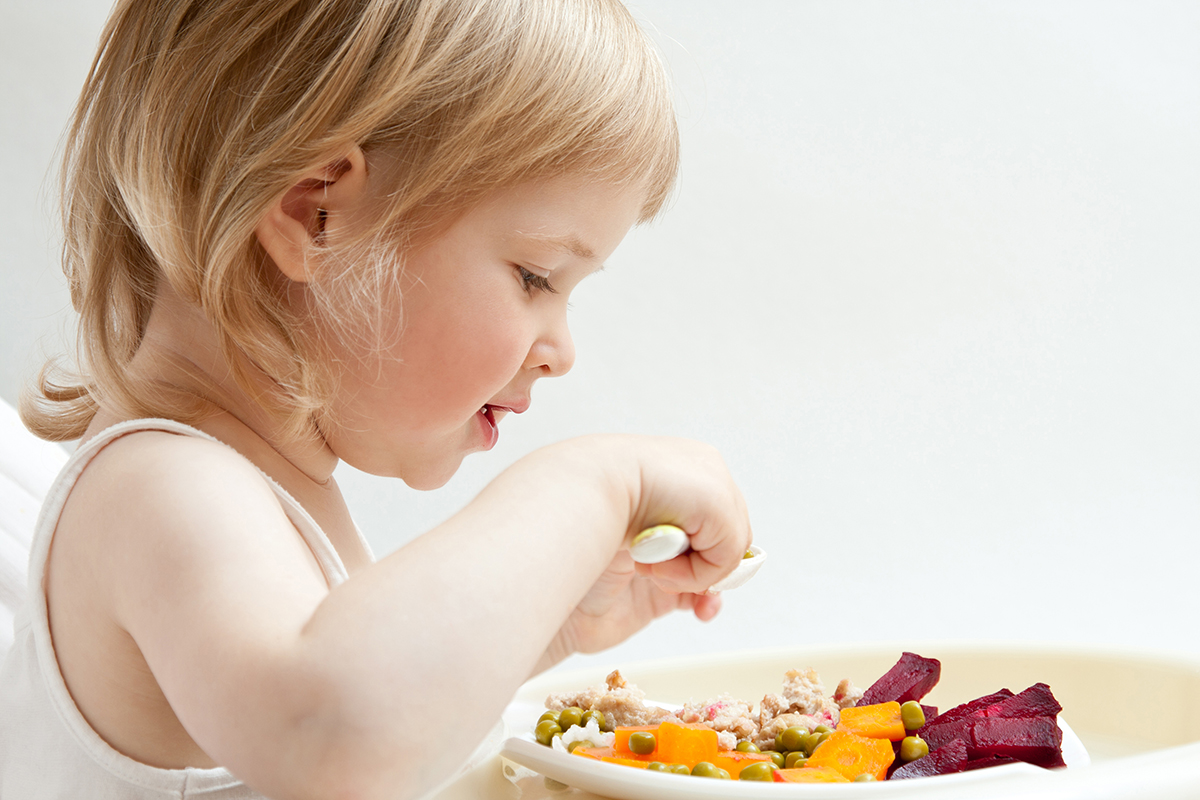Mindfulness is an important practice to learn from a young age and can benefit your child in many ways. Mindful eating is a great way to start learning mindfulness. There are three main reasons why we eat; physical hunger, psychological hunger or hunger due to your surroundings. Practicing mindful eating can allow your child to learn the differences between these types of hunger and build awareness of how eating different quantities and types of foods can make them feel after eating. In this article, you will learn about what mindful eating is, how it can help your child, and a few tips on how to increase your child’s awareness when eating.
What is mindful eating?
Mindful eating is one way to practice mindfulness with your child. Mindfulness or awareness is noticing thoughts, feelings, bodily sensations, and the environment around you. Essentially, you are in the present moment and not thinking about the past or worrying about the future. This may not be easy for everyone, and may require practice to master. For a parent, having a familiarity with this awareness can help you and your child when it comes to teaching them this practice. So, it may be a good idea to try mindful eating on your own before trying it with your child, this way you can get a better idea of how it can be done and what it may feel like.
How does mindful eating help my child?
Mindful eating can be beneficial to your child in many ways and can apply to many areas of their life. Mindfulness supports the development of key skills that include focus, concentration, and self-management. These skills can apply to their school life (ability to pay attention), to instances when they are upset (knowing how to calm down and how to act instead of react), and to the way they eat (relationship with food). Learning how to recognize hunger and fullness cues can help create a healthy relationship with food and will stay with them as they become adults.
Tips to increase your child’s awareness when eating:
- Ask them how hungry they are before eating. This question allows them to tune into their body’s cues and will help familiarize them with what hunger and fullness feel like.
- Allow them to serve themselves. This act (with some guidance) will allow them to visualize what an appropriate serving size looks like on their plate.
- Limit distractions at the table. Putting away phones, TVs, and tablets can allow your child to eat more slowly and focus on the food in front of them.
- Make sure there is adequate time for meals. Rushing through a meal can prevent your child from staying in the present moment and enjoying their meal.
- Have them help prepare the food. This allows them to see what is going into their food and engages other senses than just taste: sight, hearing, touch, and smell.
Mindfulness at snack time activity
Here is a fun activity to try with your child to help engage all of their senses when investigating their food at meal times. This activity teaches them to slow down and notice more details about their food they would not ordinarily recognize.
Try with your child’s favorite snack or try with something new. Walk through these questions with your child:
- Look – what do you notice visually?
- Listen – what sound does the food make when you bite into it?
- Touch – is it smooth, rough, warm or cold?
- Smell – what does it smell like?
- Taste – how does it feel in your mouth? What do you taste?




